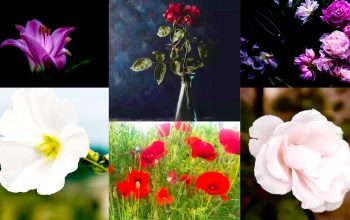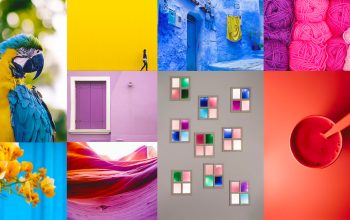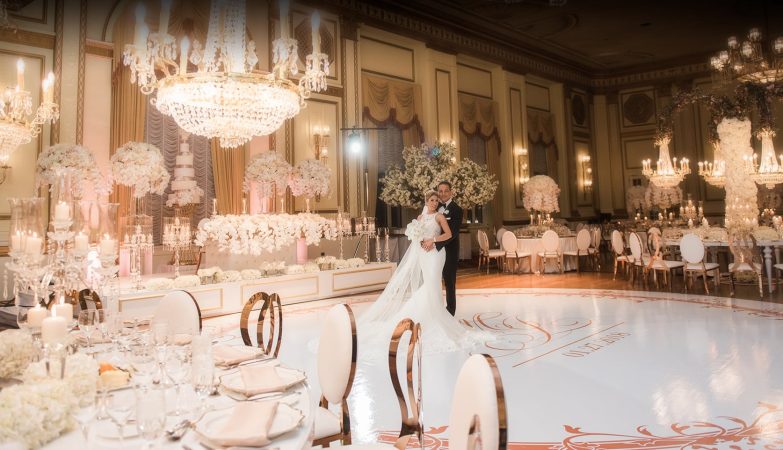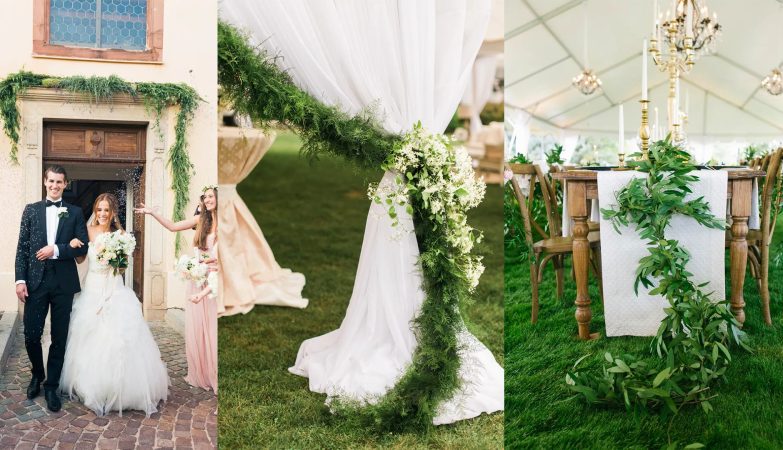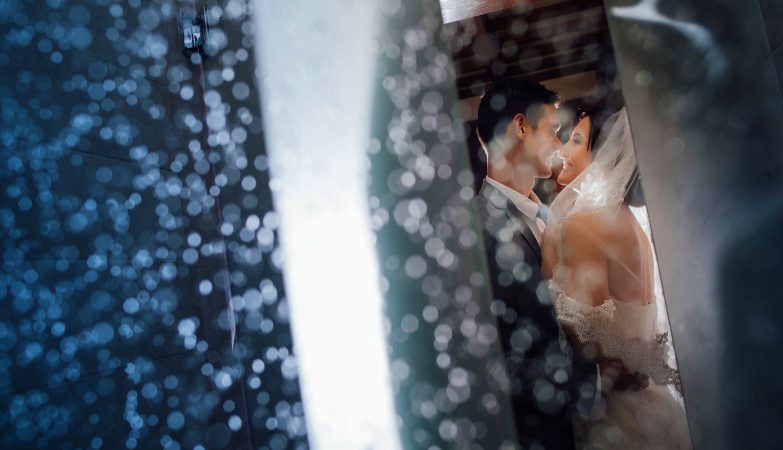
A typical pet photographer’s nightmare is having to deal with unruly, challenging animals that run when they should sit. But never fear! We are always interested in making your life simpler, although animals may not always be.
So, we’ve put together a list of seven ways to take pictures of hard-to-handle pets without getting hurt.
How To Determine The Actual Issue

Oftentimes, dogs, cats, and other animals misbehave because of an underlying problem. Determining the cause of the undesirable behaviour might result in a fruitful and quick solution that saves your shot. You do not need to be a trained trainer or behaviourist to determine why the dog in your studio is jumping up and down on the walls.
Some of the most common reasons why a pet might act up during your session are:
- Excitement and Overstimulation: This is especially true for puppies and kittens. Occasionally, a dog goes berserk because they are very enthusiastic about something new in their surroundings. This might be the result of pent-up energy, a desire to play, or the use of particular foods that induce hyperactivity.
- Fear: Fear is a fairly prevalent cause of difficulties during picture sessions. You must see the world through the eyes of the person you are shooting, and a camera, lights, lenses, and clicking sounds may be rather frightening! as is the presence of a stranger in one’s space. Allow the animal to smell you and get acquainted with you and all of the equipment you are carrying.
- Anxiety and Uncertainty: Anxiety may be caused by fear and excitement, resulting in a pet that refuses to listen or obey. Be conscious of the body language you notice in anxious animals, since uncertainty might trigger fight-or-flight reactions in them.
- Lack of Control: Animals are intelligent; they know who they can exploit. Learn how to reclaim control of your animal photography sessions by reading some excellent training literature.
- Medical Issues or the Pet Feels Unwell: Sadly, I have seen instances in which owners compel their ill dogs to perform for sessions when it would be best to give them a break or postpone them. If this is the case, use discretion. Send the customer home, if necessary.
How To Lose The Interest Of An Animal

The secret to relaxing an animal, I’ve discovered, is to look as dull and unthreatening as possible. With the aforementioned causes of animal misbehaviour in mind, it is reasonable to assume that unruly animal behaviour is often caused by excitement, overstimulation, or anxiety around anything new in the pet’s house or near environment.
Animals communicate via their body language and behavior. Due to the fact that they cannot communicate with us verbally, pets convey their feelings via physical means.
Photographers must find a technique to mitigate the impact of their presence. Allowing pets to become acquainted with us is an effective method. Allow a dog to smell you and your equipment, or have a cat inspect you by circling you.
Allowing owners to engage with the photographer as they would with any new person may also aid in familiarising the animal.
Most importantly, keep your excitement in check when meeting a new animal.This is a terrific technique to help the animal feel more at ease, as though your presence in their area is entirely ordinary.
How To Predict Your Pet’s Behavior

It is essential to constantly be prepared to catch the ideal moment, whenever it may arise. Predicting the animal’s behaviour is a useful approach to determining when to lift the camera and release the shutter.
The majority of this comes through experience and exposure to many types of pets, but you can frequently predict your subject’s next action using common sense. For example, a rambunctious puppy that wants to play with a toy is likely to grab it and spin it around, which is a great chance to take some funny pictures!
A cat perched on the edge of a shelf will likely jump, so prepare your action game!
Always keep your camera’s focus setting set to Continuous Focus Mode (AI Servo for Canon users or AF-C for Nikon users). This enables your camera to lock onto and track your target without requiring you to continually refocus. This is extremely beneficial (and a lifesaver) for unpredictable dogs.
Why You Should Ask Your Client To Tire Out Their Pet Before The Photoshoot

How likely are you to protest or create a disturbance when you’re exhausted? The probability is probably lower than if you were energized. Animals behave similarly (especially baby pets, such as puppies and kittens).
Be prepared to physically and psychologically exhaust your subject before continuing with the rest of the photo shoot. Playing with, running with, and otherwise entertaining the dog, cat, or even parrot before a picture session helps keep them calmer throughout the photo shoot.
Depending on how you do your picture sessions, you will either recommend this to the customer or assume the duty yourself. If your client is in charge of this, they need to make sure that their pet isn’t so excited that the presence of a photographer makes them nervous or upset.
The idea is to wear out the animal to the point where it no longer cares about what is occurring.
Regarding how long an animal remains exhausted or how long one should play, keep in mind that it depends on the animal’s age. Puppies and kittens tend to wear out quickly, but older dogs and cats need more time. As a result of their bursts of energy, infants and young animals may exhaust themselves more quickly than their adult counterparts.
Relax With A Telephoto Lens

You are less likely to be the focus of attention for your client’s dog if you are dull. Sometimes the trick to dealing with challenging animals is to stop attempting to control the situation (such as by forcing them to pose) and start observing their behaviour and capturing wonderful candid moments.
Many of the most famous pet photographs are ones in which you take no active part and instead act as an observer rather than a photographer who directs the session. With a telephoto or zoom lens, it’s often better to sit farther back and not get in the way of the action.
This is a possibility, but it depends on what your customer wants from the picture session, what you anticipate, and the nature of the animal you are dealing with.
Experiment With A Different Point Of View Or Composition

Instead of worrying or becoming anxious about uncontrolled events, come up with novel, enjoyable, and inventive solutions. To be a great photographer, you must know how to play the hand you’ve been dealt. This also makes the experience more enjoyable for your subject and customer since you will not be projecting unpleasant energy.
Whether it’s using a different lens or altering your viewpoint and composition, doing something different depending on what’s occurring is a fantastic approach to working with animals. Obviously, all creatures are unique. Your response should be dependent on the personality, behaviour, and demands of the specific animal.
Discover The Key To A Pet’s Heart: Toys And Treats!

To conclude, as much as toys and snacks might induce overstimulation, they can also serve as effective bribery instruments. Depending on the animal you are shooting, toys and treats may be your greatest investment. Depending on your skill with animals, you may even be able to train a dog to sit during your photo session or keep a cat staring at you while you take images.
A frequent phrase used by dog trainers to describe snacks is “high-value goodies.” High-value rewards are delicacies that pets find tempting, which makes them a powerful motivation for doing what you want. Some sorts of toys might be identical. Toys and sounds are also excellent techniques to stimulate the ears and produce a cheerful countenance.
Conclusion
With the aforementioned advice, you should have no issue dealing with even the most challenging dogs. Any pet owner who complains that they can’t arrange a photoshoot with you because their dog no longer sits still must be concerned!
